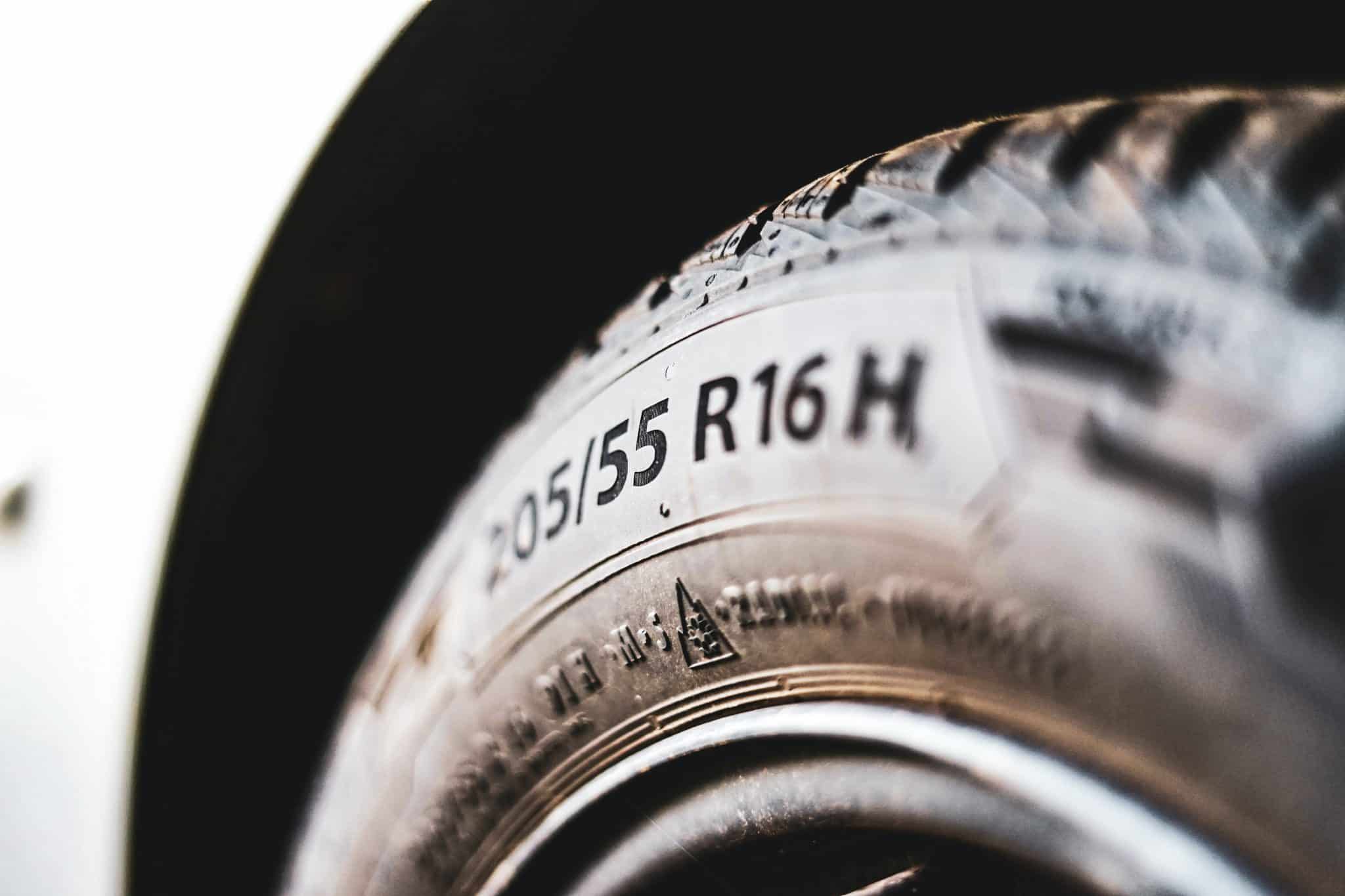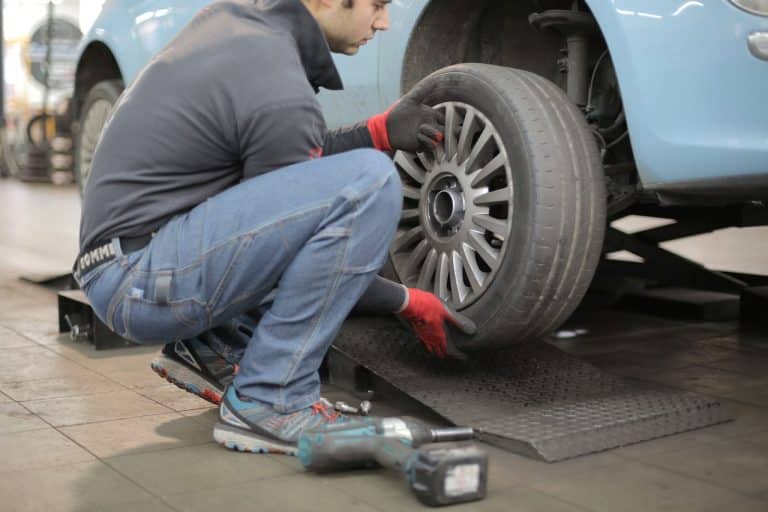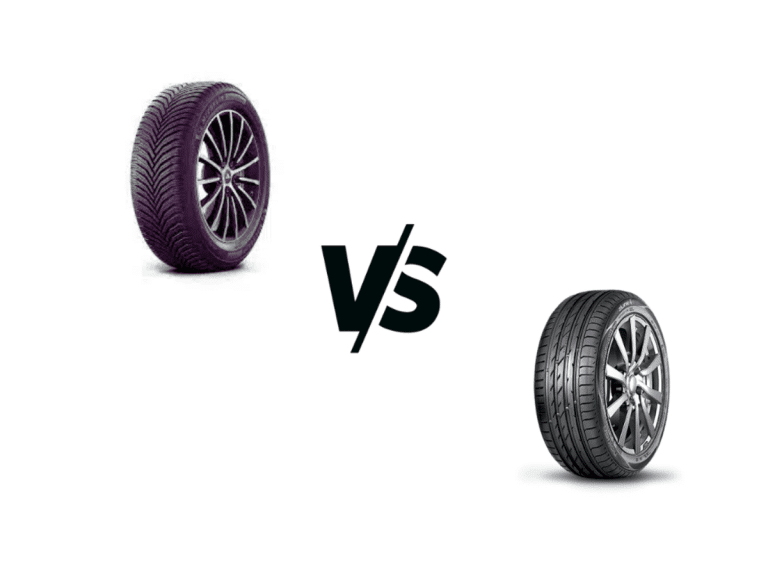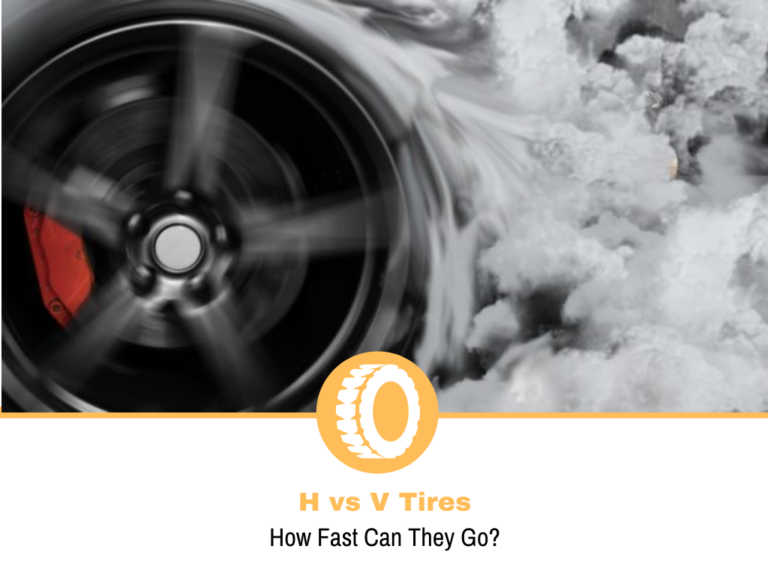Tire Speed Ratings Chart & Information
Car like every other machine, operates per the manufacturer’s specifications. This can range from the size of the blades to the type of oil used. Regardless of which we’re looking at, it’s important to follow the specifications.
If you’ve read the title, you’re probably aware that I’ll be talking about the tires. Of course, this is a tire site, so what else is there to talk about here? Tires operate under certain conditions and the speed is one of those.
Tire speed rating is something that many people seem to either ignore or don’t pay too much attention to. Some may think that it’s pointless to waste time, but I’m the eternal opponent of that saying. Anything that’s related to the tires is important, because they are the rubber piece that keeps you safe.
In today’s guide, I’ll talk about what is a speed rating of a tire, along with the rest of the info you may want to know about it. As a bonus, you’re getting a chart so that you won’t have to dig through the internet to find it.
What is a tire speed rating?
A tire’s speed rating is the maximum speed a tire can operate safely over longer periods of time. It means that you can run your car to its maximum speeds without risking extensive damage to the tires and the ride quality.
The ride quality is rarely mentioned, but it plays a crucial role here. A tire should survive at high speeds, but it should also deliver refinement levels similar to the ones at lower speeds. Naturally, the noise levels will be higher, but the comfort levels shouldn’t differ too much.
As an industry standard, manufacturers use letters to mark how fast a tire can go. It starts with A1 and ends with (Y), following the alphabet, for the most part. There is a slight reorder that happened a few decades ago that remained there and we’ve accepted it with all its faults.
Tire speed chart
| Speed Rating | Speed in km/h | Speed in mph | Speed Rating | Speed in km/h | Speed in mph |
| A1 | 5 | 3 | K | 110 | 68 |
| A2 | 10 | 6 | L | 120 | 75 |
| A3 | 15 | 9 | M | 130 | 81 |
| A4 | 20 | 12 | N | 140 | 87 |
| A5 | 25 | 16 | P | 150 | 94 |
| A6 | 30 | 19 | Q | 160 | 100 |
| A8 | 40 | 25 | R | 170 | 106 |
| B | 50 | 31 | S | 180 | 112 |
| C | 60 | 37 | T | 190 | 118 |
| D | 65 | 40 | U | 200 | 124 |
| E | 70 | 43 | H | 210 | 130 |
| F | 80 | 50 | V | 240 | 149 |
| G | 90 | 56 | W | 270 | 168 |
| J | 100 | 62 | Y | 300 | 186 |
How is the tire speed rating determined?
Speed ratings are determined in a laboratory, which is why you shouldn’t fully rely on them. The rating exists so that you know how much a tire can handle, but many factors can have an impact, so you should be mindful of those.
During the development process, tire manufacturers assign theoretical speed ratings for each model based on complex calculations. Once a few models are completed, technicians simulate real-world scenarios in the lab to check if the tire can withstand the forces. There are two tests, ECE and SAE.
For ECE, technicians add a certain load to the tire and put it on a machine that does 10-minute sessions at a temperature of 77 degrees Fahrenheit. The starting point is roughly 25 mph less than the predicted speed rating and with each session, the technicians increase the speed until reaching the desired number. Once there, the tire runs constantly at that speed for 10 minutes.

When the session is over, some manufacturers take it up a notch and aim a bit higher, often called step-up test. This gives them an idea if the tire is better than expected and can handle more.
As soon as the test is over, technicians carefully examine the tire and check for damage. This includes cracks in the compound, separation of the components or any kind of damage that can compromise the safety.
With SAE standards, the testing is a bit more rigorous. The tires still get tested in a laboratory conditions, but in this case, they need to survive 1 hour at an ambient temperature of 100 degrees Fahrenheit.
Why shouldn’t you rely on the speed ratings too much?
Here’s the thing, I’m not saying that the tests aren’t good. In fact, they are the only thing that determines how much speed the tires can handle. The problem with it is that the tested tires are new and in ideal conditions. Sure, the SAE tests are harsher, so they should give you a better idea, but there’s still a problem.
A while ago I spoke about tire age and how it can affect a tire’s performance. It’s the same thing with the maximum speed. A new tire will handle that with ease, on a smoother road and warm to moderately hot temperatures. An older tire probably won’t be able to handle as much.
Then there’s the pressure and loads. You can try to test the top speed on you Maxima with just you on board, or you can do it with 5 people. That can be several hundred pounds of weight difference that creates a larger load on the tires.
Why is the speed rating higher than the top speed of the car?
To compensate for the “problem” I mentioned in the previous section, car manufacturers recommend tires with a higher speed rating than the car can go. This way, even when the tires aren’t brand new, you can still get the most out of them and your car.
Here’s an example. The top speed of my IS250 is electronically limited to 143 mph and the speed index of the tires specified by Lexus is W, so they’re good for up to 168 mph. This gives me over 20 mph of tire performance degradation over the years, so I can still have a safe driving experience. If I were to remove the limit and let the car stretch its legs, I’ll need to make some changes.
Can you use tires with different speed ratings from what the manufacturer specified?
Making changes to our cars is something we enthusiasts find very fun, but as long as it’s done properly. This is especially true for the speed ratings of the tires, because, as I keep saying, they are the most important aspect when it comes to safety.
By removing the limiter on my car, I would be very close or even surpassing the W speed rating at 168 mph. If someone did this on their IS250, please let me know how fast it really goes. Getting this close or above the tire’s speed rating means that I’ll need to think about upgrading the tires.
For this application, I would need to aim for tires with Y speed rating, because those are good for up to 186 mph, or (Y) rated tires which can go more.
A common question hovering around the internet is getting tires with a lower speed rating than the one the manufacturer specified. My answer to this is “don’t”. Yes, the speed rating is aimed towards the top speed a tire can withstand, but it also covers plenty of other aspects like handling and refinement.
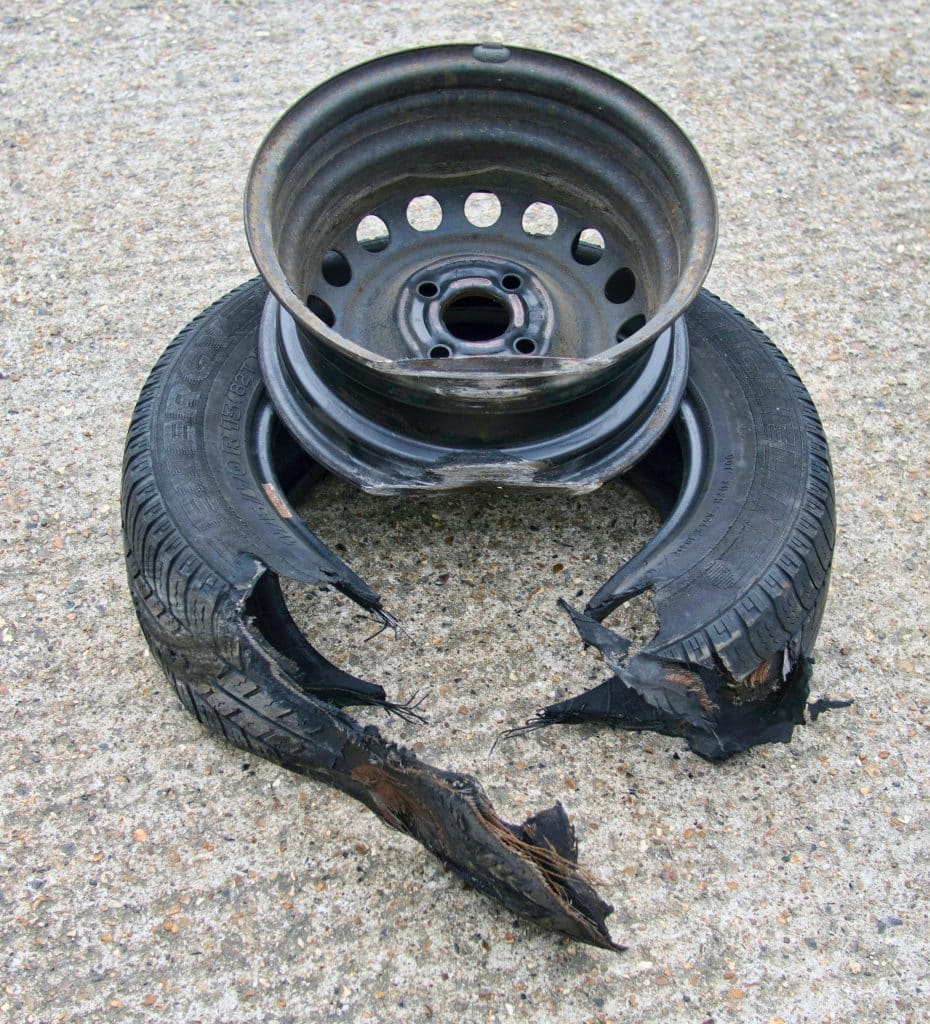
While it’s not a problem if you go over the required speed rating, I would advise you against going for a lower speed rating.
Conclusion
Although many people are unaware or intentionally ignore the speed ratings of a tire, it’s an aspect that they shouldn’t. This rating is something that manufacturers outline to give you an idea of the speed a tire can handle and remain safe to drive.
Sure, it’s not something that’s written in stone, and there are other variables that can affect this, but you should look at it as an overall guide. Car manufacturers offer some specifications that you, as an owner, should follow.
The modifications are allowed, especially if you’re going for tires with a higher speed rating than specified. With that said, going below that can be dangerous and you shouldn’t do it.
At the end of the day, if you’re not sure about that, just follow the car specs as it came from the factory, and you won’t have anything to worry about.
